Exploring The Beauty Of Indian Classical Dances.
Jan 11, 2019 • 38 views
Indian classical dance forms are well known for their unique mudras or hand gestures and expressions. Today, Indian classical dance forms are very popular all over the world.
India is well known for its culture and tradition and Indian classical dance or shashstriya Nritya is one among them which show off the beauty of Indian culture to the whole world. The number of classical dances recognized by the Sangeet Natak Academy are eight and more , they are:-
* Bharathnatyam - Tamil Nadu
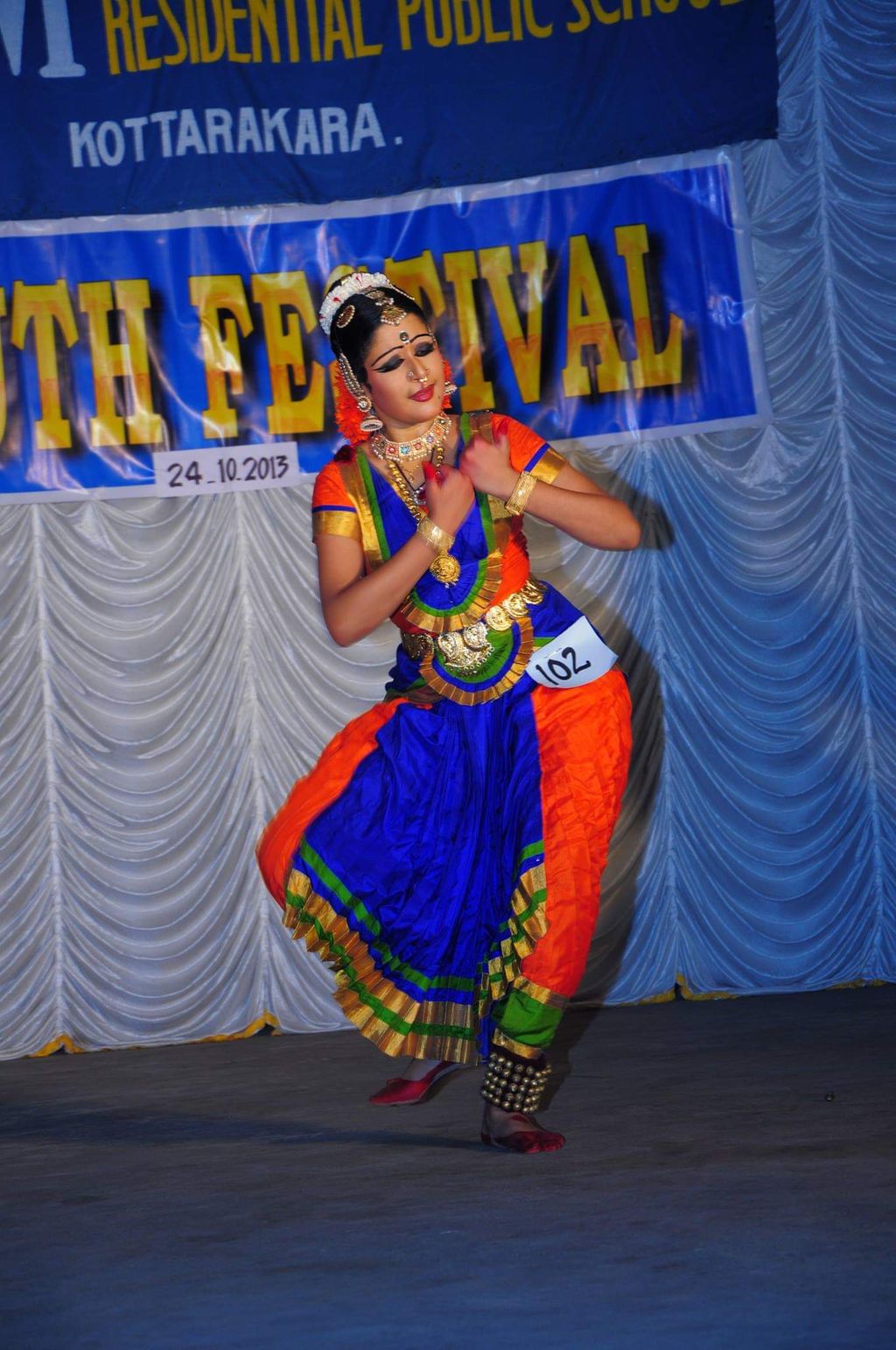
Theoretical base of this form traces back to ‘Natya Shastra’, the ancient Sanskrit Hindu text on the performing arts. A form of illustrative anecdote of Hindu religious themes and spiritual ideas emoted by dancer with excellent footwork and impressive gestures its performance repertoire includes nrita, nritya and natya
*Kuchupudy - Andhra Pradesh
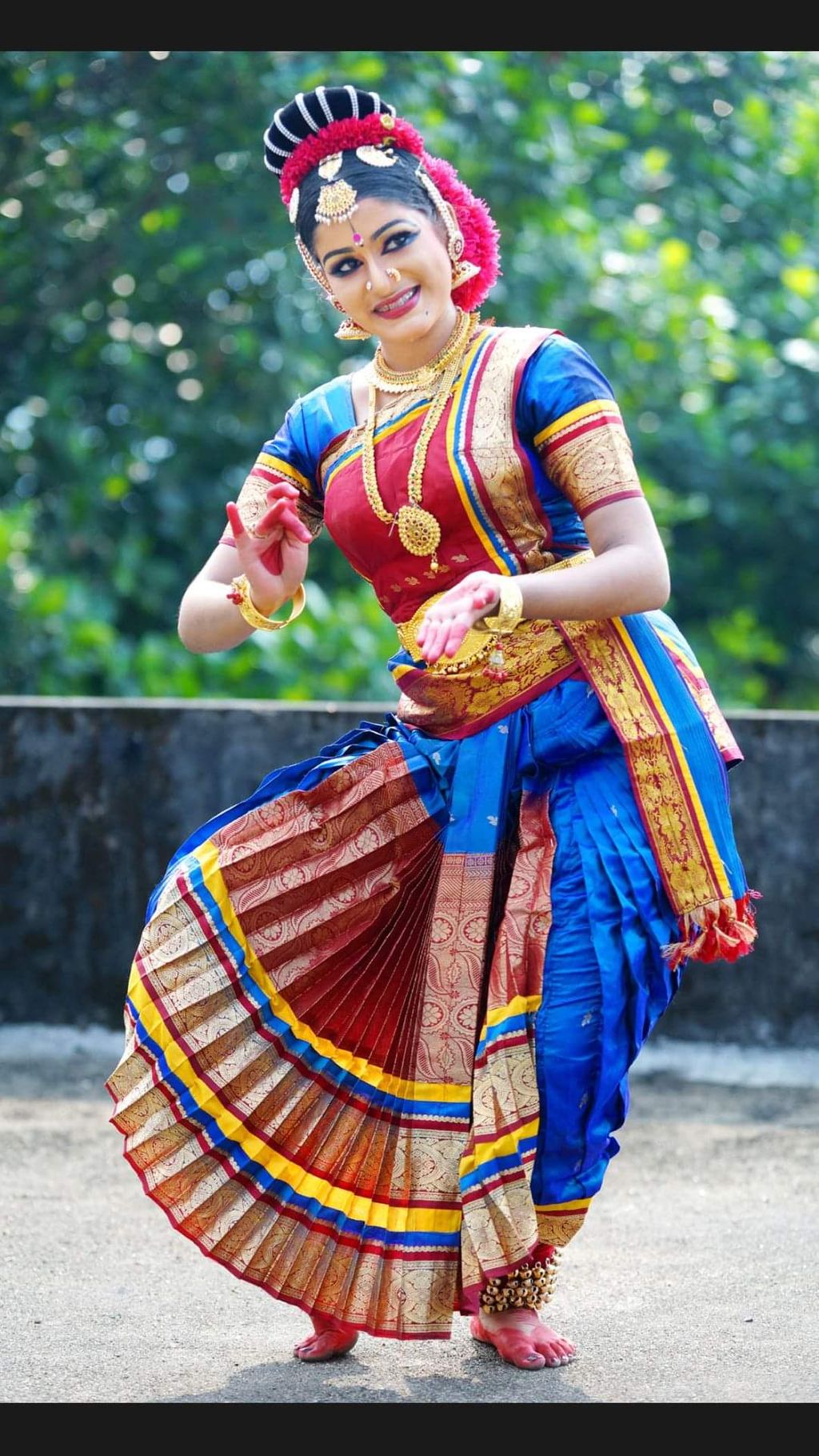
Kuchipudi is known for its impressive, quick footwork, dramatic characterization, expressive eye movements and spirited narrative. It is a blend of tandava and lasya elements. A distinctive feature of this dance is the execution on a brass plate and moving the plate to the accompaniment of carnatic music. The Kuchipudi performer apart from being a dancer and actor has to be skilled in Sanskrit and Telugu languages, music and manuscripts of the performance.
* Kathak - Uttar Pradesh
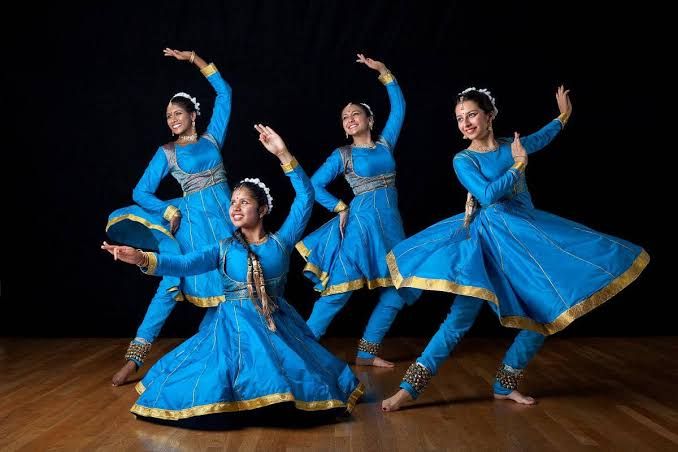
Kathak is one of the main genres of ancient Indian classical dance and is traditionally regarded to have originated from the travelling bards of North India referred as Kathakars or storytellers. These Kathakars wandered around and communicated legendary stories via music, dance and songs quite like the early Greek theatre. The genre developed during the Bhakti movement, the trend of theistic devotion which evolved in medieval Hinduism.
* Kathakali - Kerala
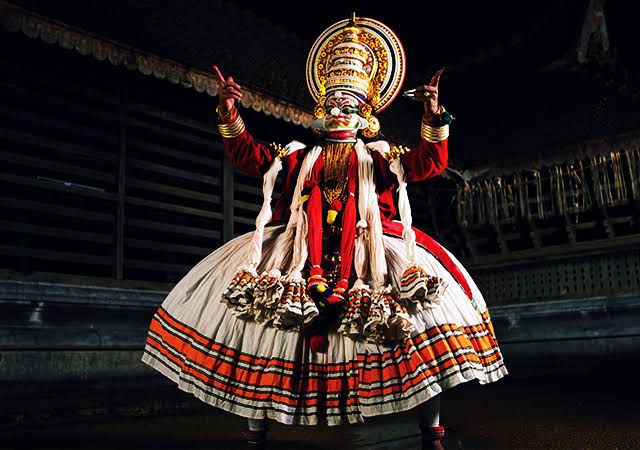
Famous around the world, Kathakali's magnificence has won great admiration for the state of Kerala. Proud that this renowned artfrom originated, was originated from Kerala’s shores over 300 years ago. It combines devotion, drama, dance, music, costumes and make up into a divine experience for all who get to view it. It retells the great stories of the past, mostly from Indian epics, and leaves one spellbound at the various intricacies involved in the performance. Every single quiver of the lips, flicker of the eyes or a movement involving the fingers twirling, has great significance. The entire performance sees the audience unable to take their eyes away from the spectacle taking place on stage.
* Chhau - Jharkhand, West Bengal, Odisha
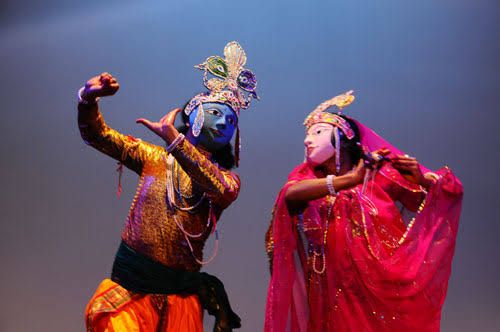
Chhau dance is a tradition from eastern India that enacts episodes from epics including the Mahabharata and Ramayana, local folklore and abstract themes. Its three distinct styles hail from the regions of Seraikella, Purulia and Mayurbhanj, the first two using masks. Chhau dance is intimately connected to regional festivals, notably the spring festival Chaitra Parva
* Manipuri - Manipur
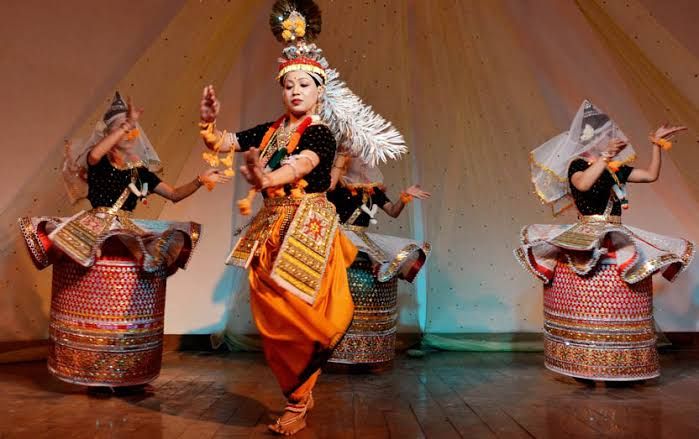
Manipuri dance is counted among major classical dance forms of India, especially noted for themes based on Vaishnavism and spectacular execution of ‘Ras Lila’, dance dramas based on love between Radha and Krishna. Other themes included in this art form associate with Shaktism, Shaivism and on the sylvan deities called Umang Lai during Manipuri festival ‘Lai Haraoba’. This dance form is named after the north-eastern state of Manipur, India from where it originated but it has its roots in ‘Natya Shastra’, the age-old Sanskrit Hindu text.
* Mohiniyattom - Kerala
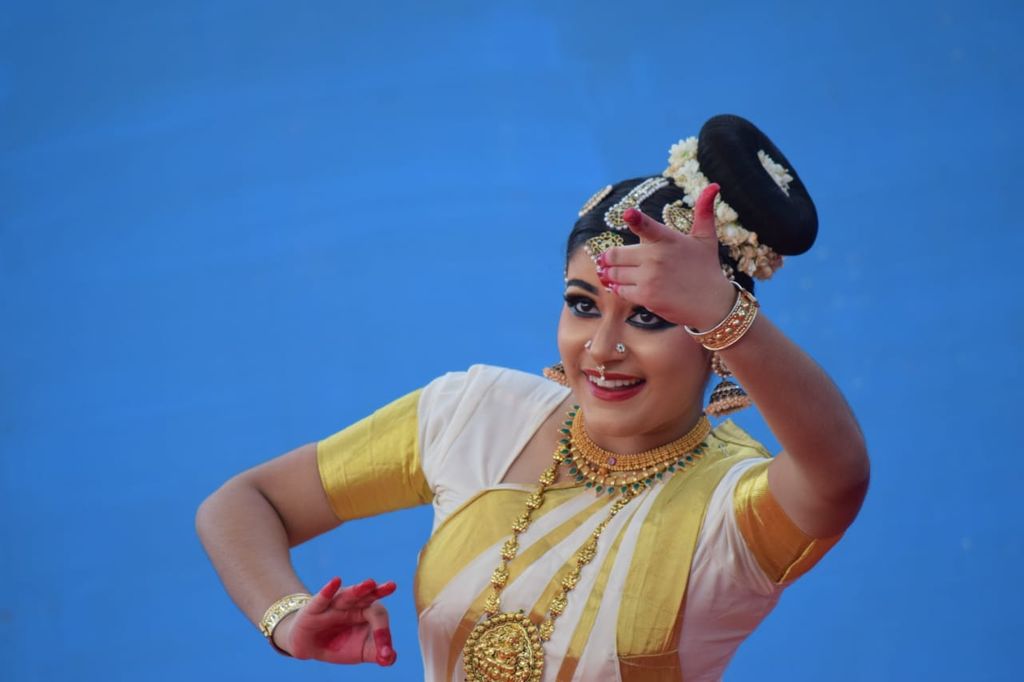
Mohiniattam or Mohiniyattam is an Indian classical dance form that evolved in the state of Kerala, India, and is counted among the two popular dance arts of the state, the other being Kathakali. Although its roots date back to the age-old Sanskrit Hindu text on performing arts called ‘Natya Shastra’, similar to other Indian classical dance forms, Mohiniattam adheres to the Lasya type that showcases a more graceful, gentle and feminine form of dancing. Mohiniattam derives its name from the word ‘Mohini’, a female avatar of Lord Vishnu.
* Sattriya - Assam
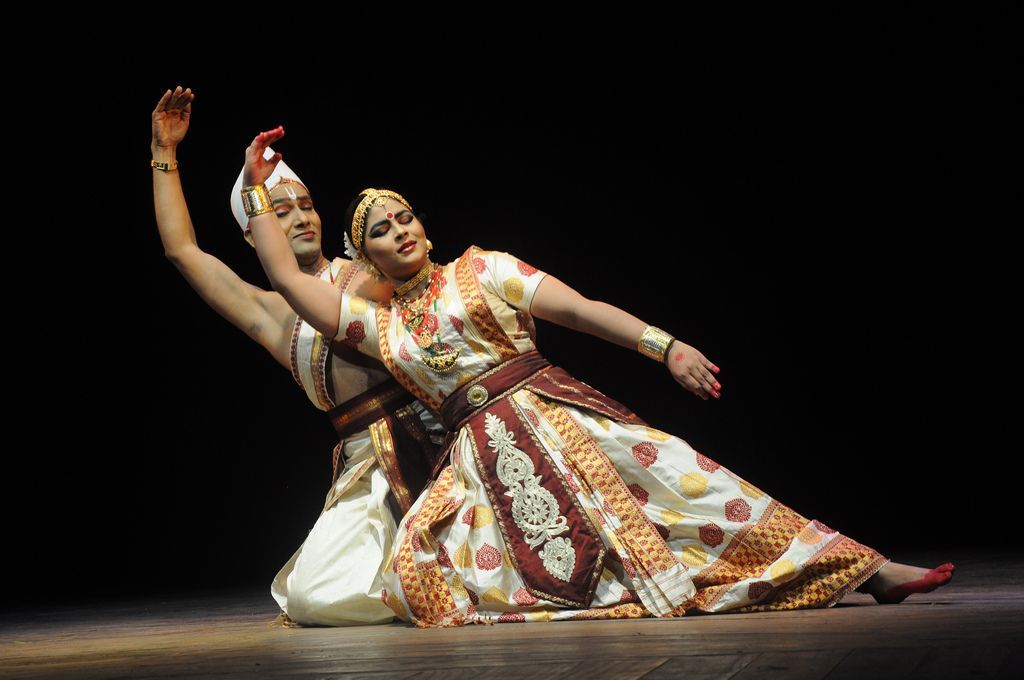
Sattriya is one of the famous Indian Classical form the north eastern parts of the Indian sub continent. The Sattriya Nritya is the original dance form of the north eastern Indian state of Assam. The dance form is primarily a homage to the Vasihnava sect of Hinduism and the plays are mainly dedicated to the lives of Lord Krishna and Lady Radha or their previous avatars Lord Rama and Lady Sita.
* Odissi - Odisha
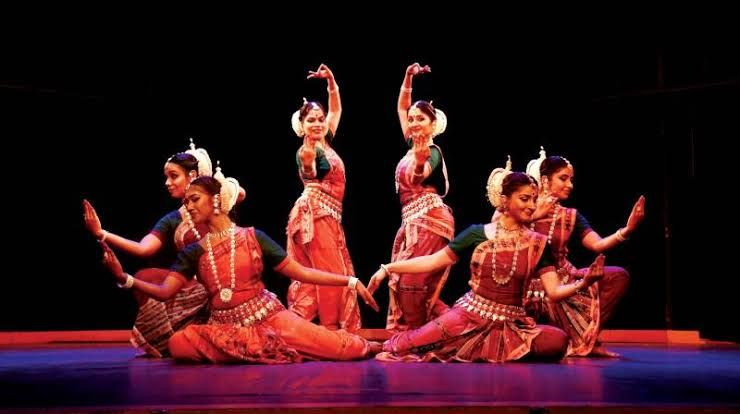
Odissi or Orissi is one of the pre-eminent classical dance forms of India which originated in the Hindu temples of the eastern coastal state of Odisha in India. Its theoretical base trace back to ‘Natya Shastra’, the ancient Sanskrit Hindu text on the performing arts. Age-old tradition of Odissi is manifested from Odisha Hindu temples and various sites of archaeological significance that are associated with Hinduism, Jainism and Buddhism, the sculptures of which adorn dance postures of this art form.
All these dance forms are truly a feast for our eyes.
Indian classical dance forms are well known for their unique mudras or hand gestures and expressions. Today, Indian classical dance forms are very popular all over the world. The eye-catching make-up and costumes are all also one main reason why people get attracted towards the Indian classical dances. The government of India has made continuous efforts in promoting Indian classical dance in India as well as abroad.
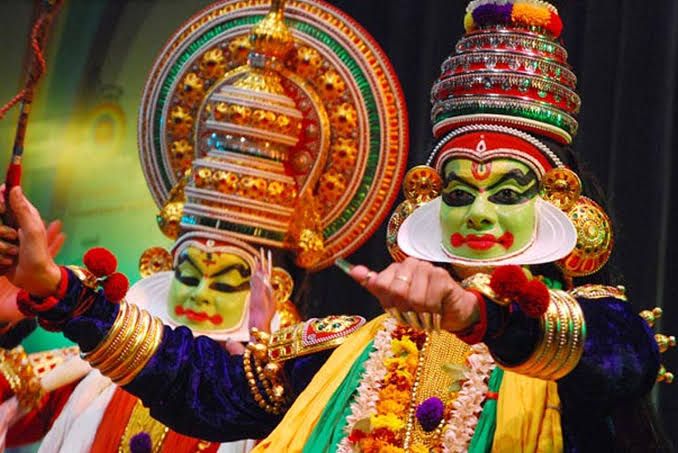
Indian classical dance can actually be termed the soul of India!The eye-catching make-up and costumes are all also one main reason why people get attracted towards the Indian classical dances. The government of India has made continuous efforts in promoting Indian classical dance in India as well as abroad.
